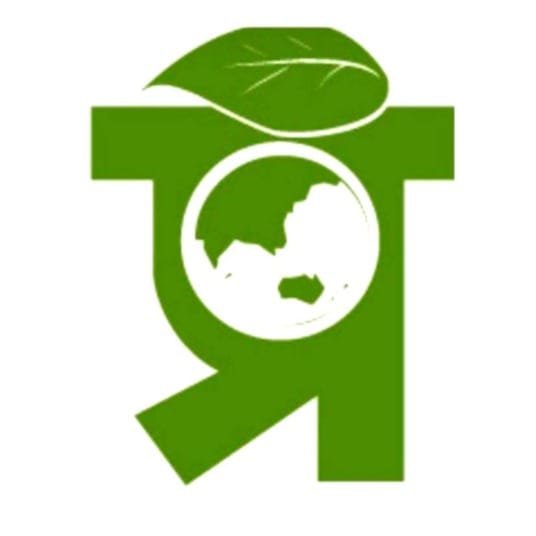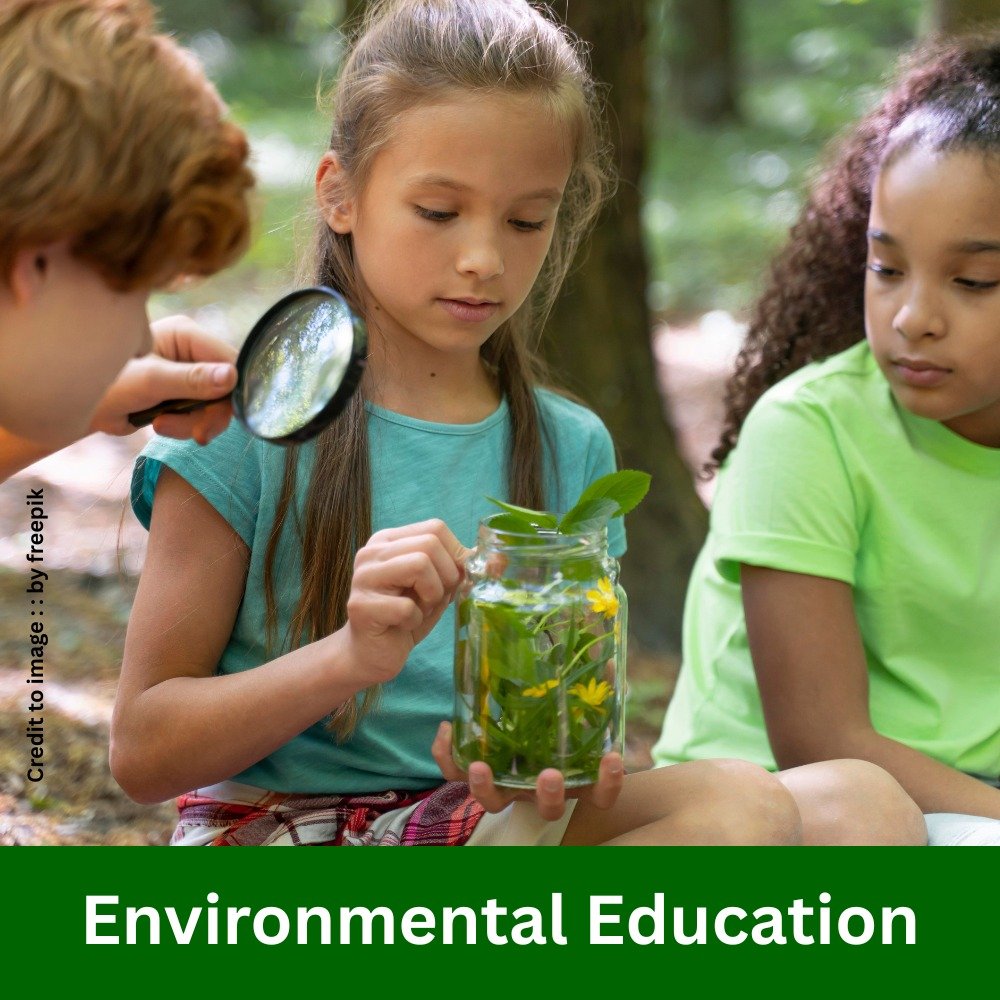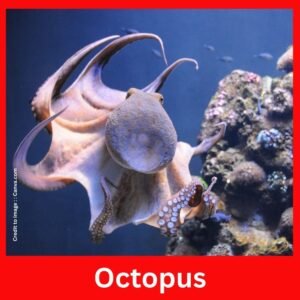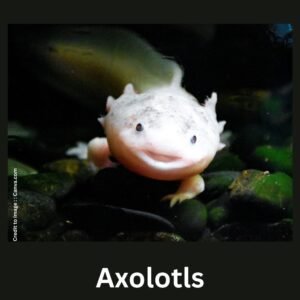Environmental education (EE) equips learners of all ages with the knowledge, values, and skills to understand environmental systems, make informed decisions, and take responsible action for a just, low-carbon, nature-positive future. Anchored in SDG Target 4.7 and UNESCO’s “ESD for 2030,” EE spans formal curricula, non-formal programs, and community learning—linking climate change, biodiversity, pollution, and sustainable consumption with civic participation and green jobs. This article synthesizes the latest global guidance, shows where countries stand, and offers classroom-tested strategies, metrics, and policy levers that improve outcomes and alignment with SDGs.
Table of Contents
What Is Environmental Education?
Why Environmental Education Matters in 2025
SDG 4.7 and “ESD for 2030”: Policy Anchors
Core Learning Outcomes and Competencies
Curriculum Design: From Concepts to Action
Teaching Strategies That Work (K-12 to Higher Ed)
Assessment and Monitoring (Indicator 4.7.1 & Beyond)
Funding Models and Partnerships (Schools–Communities–Business)
Data Tables
9.1 SDG 4.7 Mainstreaming Snapshot (Global)
9.2 Classroom & Teacher Readiness Indicators (Selected Signals)
9.3 Top 10 Global Leaders in Environmental Performance and Education Policy Alignment
Country Policies & Case Studies (Estonia, Germany, India, US)
Implementation Roadmap for Schools and HEIs
Common Challenges & Practical Solutions
Summary
Conclusion
FAQs (15)
References
1) What Is Environmental Education?
Environmental education integrates ecological knowledge, systems thinking, and civic engagement so learners can analyze environmental issues, evaluate trade-offs, and act—individually and collectively—for sustainability. Today, EE is framed globally as Education for Sustainable Development (ESD), the umbrella that links climate, nature, pollution, and social justice in learning.
2) Why Environmental Education Matters in 2025
SDG alignment: EE is the operational engine of SDG 4.7—ensuring all learners acquire knowledge and skills for sustainable development, human rights, gender equality, and global citizenship.
Triple planetary crisis: Facing the triple planetary crisis, environmental education empowers people to tackle climate change, protect biodiversity, and combat pollution, while equipping them with the green skills essential for tomorrow’s sustainable careers.
Human development: Education quality and relevance influence long-term human development outcomes; UNDP’s HDI data provide context for capacity building and equity.
3) SDG 4.7 and “ESD for 2030”: Policy Anchors
UNESCO’s ESD for 2030 program and the Greening Education Partnership guide countries to integrate sustainability across policy, curriculum, teacher education, assessment, and campus operations (a “whole-institution” approach).
Where the world stands (latest official snapshots):
Countries more often report full mainstreaming of ESD/GCED in laws/policies and student assessment (~40%) than in curricula (~2%) or teacher education (~10%); only ~15% report high levels across all four. (UN SDG Extended Report—Goal 4).
4) Core Learning Outcomes and Competencies
Systems thinking (climate–energy–water–food–biodiversity linkages)
Critical media literacy and data interpretation
Participation & citizenship (deliberation, policy literacy, community action)
Green skills (circularity, resource efficiency, nature-based solutions)
(Aligned with UNESCO ESD 2030 and “whole-school” approaches.)
5) Curriculum Design: From Concepts to Action
Climate change, environmental justice , environmental racism , biodiversity, pollution, circular economy, etc.
Use place-based, project-based, and inquiry-driven learning with citizen-science and outdoor education links.
Connect with community partners and local government for authentic action projects (waste audits, biodiversity gardens, AQ monitoring).
6) Teaching Strategies That Work (K-12 to Higher Ed)
Phenomena-based teaching aligned to standards (e.g., NGSS in the US) with explicit climate content across grades.
Whole-institution greening: operations, governance, curriculum, and culture.
Assessment for learning: portfolios, action-project rubrics, reflective journals, and community impact logs mapped to SDG 4.7 competencies.
7) Assessment and Monitoring (Indicator 4.7.1 & Beyond)
Indicator 4.7.1 tracks the extent to which ESD/GCED are mainstreamed in policies, curriculum, teacher education, and student assessment—measuring intent and system integration, not classroom fidelity. Countries publish their own 4.7.1 series (e.g., UK/England). Methodological work continues to strengthen comparability and outcome measures.
8) Funding Models and Partnerships
National policy & ministry programs, local grants, philanthropy, CSR, and UNEP youth & higher-education alliances to scale impactful practice and campus transitions.
9) Data Tables
9.1 Global Sustainable Development Goals i.e. SDGs 4.7 Mainstreaming Snapshot (latest consolidated UN reporting)
| Domain (Indicator 4.7.1) | Countries reporting “fully mainstreamed” |
| Laws & policies | ~40% |
| Student assessment | ~40% |
| Teacher education | ~10% |
| Curricula | ~2% |
| High levels in all four domains | ~15% |
Source: UN SDG Extended Report – Goal 4 (2022). Percentages summarize reported status across countries and highlight implementation gaps in curricula and teacher education.
9.2 Classroom & Teacher Readiness (Selected Global Signals)
| Indicator | Global signal |
| Teachers not feeling ready to teach ESD/GCED themes | ~1 in 4 teachers |
| Teachers keen to learn more on ESD/GCED | ~80% |
Source: UN SDG Extended Report – Goal 4 (2022), summarizing global teacher survey results. (UNSD)
9.3 Worldwide Top 10 Global Leaders in Environmental Performance and Education Policy Alignment
| Rank (EPI 2024) | Country | EPI 2024 Rank Source | Notable Environmental/Education Policy Signal* |
| 1 | Estonia | Yale EPI 2024 | Early integration of sustainability across national curriculum (since 2002); national programs linking MoE & Environment Ministry. |
| 2 | Luxembourg | Yale EPI 2024 | Significant education investments; strengthening links between formal & non-formal education. |
| 3 | Germany | Yale EPI 2024 | National Action Plan on Education for Sustainable Development (BNE) with 130 objectives & 349 measures. |
| 4 | Finland | Yale EPI 2024 | Whole-school sustainability emphasis across EU guidance and practice. |
| 5 | United Kingdom (UK ) | As per EPI 2024 Rank Source :Yale EPI 2024 | Government publishes SDG 4.7.1 tracking (England). |
| 6 | Sweden | Yale EPI 2024 | Notable Environmental Education : Strong ESD tradition through EU whole-school frameworks. |
| 7 | Norway | Yale EPI 2024 | Whole-school sustainable learning approaches highlighted in EU/EEA materials. |
| 8 | Austria | Yale EPI 2024 | Federal education service and ESD guidance for schools. |
| 9 | Switzerland | Yale EPI 2024 | EU/European reports emphasize competencies & teacher support. |
| 10 | Denmark | Yale EPI 2024 | EU reports stress building teacher competences for sustainability. |
*Policy signal column provides a referenced example or system-level pointer; it does not claim a formal global ranking of “best EE.” EPI is an environmental outcomes index; it’s used here as a neutral comparator to pair with education policy signals.
10) Country Policies & Case Studies (brief)
Estonia: Among the earliest to embed sustainability across curricula (2002); joint action by Education & Environment ministries; whole-school EE initiatives.
Germany: National Action Plan (BNE) operationalizes ESD with measurable objectives; higher-ed and early-childhood pathways included.
India: NEP 2020 emphasizes environmental awareness, sustainability, and experiential learning across grades; recent government notes reiterate EVS/EE in school curriculum.
United States: NGSS explicitly integrates climate science and environmental literacy across K-12; states adapt/mandate (e.g., New Jersey integrates climate across subjects).
11) Implementation Roadmap for Schools and HEIs
Map your baseline to SDG 4.7.1 domains (policy, curriculum, teacher education, assessment).
Adopt a whole-institution plan (governance, facilities, curriculum, community partnerships).
Curriculum infusion: climate & biodiversity concepts in science, social studies, arts, vocational tracks.
Assessment redesign: project portfolios, community impact metrics, student-led policy briefs.
Teacher development: structured ESD/EE micro-credentials; peer lesson study.
Partnerships: with local authorities, NGOs, and UNEP youth/higher-ed alliances for resources and reach.
12) Common Challenges & Practical Solutions
Gap in teacher readiness: Create modular PD aligned to local standards; use open resources and micro-credentials.
Curriculum overload: Integrate EE through cross-curricular projects rather than adding stand-alone units.
Assessment alignment: Use rubrics tied to ESD competencies and local standards (e.g., NGSS-style performance tasks).
13) Summary
Environmental education is essential for achieving the Sustainable Development Goals i.e. SDGs and managing the triple planetary crisis world wide . Evidence shows policy frameworks are advancing, yet curricula and teacher preparation still lag globally. Countries that combine whole-school approaches, standards-aligned pedagogy, and robust teacher development demonstrate the strongest, scalable progress.
14) Conclusion
To move from ambition to impact, systems must (1) hard-wire ESD into curricula and teacher education, (2) measure meaningful student outcomes beyond awareness, and (3) leverage partnerships—especially UNEP’s youth and higher-education alliances—so learners graduate climate-literate, biodiversity-aware, and work-ready for green economies.
15) FAQs
1.What is Environmental Education (EE)?
Environmental Education is a nature or environment knowledge, values, and skills for sustainability, aligned with UNEP and UNESCO’s ESD for 2030.
2.How is EE connected to SDG 4.7?
SDG 4.7 requires all learners to acquire sustainability-related knowledge and skills; EE is the primary delivery mechanism.
3.What does Indicator 4.7.1 measure?
Indicator 4.7.1 measure :The extent ESD/GCED are mainstreamed in policies, curriculum, teacher education, and assessment (system-level intent).
4.Where are the biggest gaps globally?
Curricula and teacher education integration remain low compared to policies/assessment.
5.Which teaching approaches work best?
Inquiry/project-based, place-based learning; whole-school sustainability; standards-aligned performance tasks.
6.How do we assess EE effectively?
Use rubrics for action projects, reflective journals, and community impact—mapped to ESD competencies and local standards.
7.What role do ministries and governments play?
Set policy, standards, teacher-prep requirements, and publish SDG 4.7 data (e.g., England’s 4.7.1 series).
FAQs
8.How can universities contribute?
Through the UNEP Youth & Education Alliance: campus operations, curricula, and civic engagement as change agents.
9.How does EE relate to green jobs?
EE builds transversal and technical green skills for emerging sectors (energy efficiency, circular economy, nature-based solutions).
10.What evidence links EE to human development?
Quality, relevant education correlates with broader human development outcomes (HDI).
11. Is there a global ranking for “best EE countries”?
No official global ranking exists; we pair environmental performance (EPI) with policy signals to compare systems cautiously.
12.How do we start in a resource-constrained school?
Begin with low-cost local projects (waste, water, biodiversity), open-access resources, and community partnerships; build PD gradually.
13.What’s a whole-school approach?
Embedding sustainability in governance, curriculum, campus operations, and culture—engaging learners and staff system-wide.
14.How is EE reflected in India’s NEP 2020?
NEP 2020 integrates environmental awareness and sustainability across grades and promotes experiential learning.
References (selected, authoritative)
- UNESCO. Education for Sustainable Development (ESD for 2030) & Greening Education Partnership. (UNESCO)
- UN (DESA). SDG 4. (Goal overview and targets). (sdgs.un.org)
- UNSD. SDG 2022 Extended Report – Goal 4. (Global 4.7.1 integration statistics & teacher survey). (UNSD)
- UNESCO TCG/UIS. Greening Curriculum Indicator methods (2025). (UNESCO TCG)
- UK Government SDG Data (England, 4.7.1). (SDG Data UK)
- UNEP. Youth, education and environment (program overview) & Youth and Education Alliance. (UNEP – UN Environment Programme)
- UNEP. About education and environment (programme note). (UNEP – UN Environment Programme)
- UNDP. Human Development Report 2023/24 and HDI Data Center. (Human Development Reports)
- Yale/Columbia. Environmental Performance Index 2024 (Top-10 listing).
- European Commission / EU reports on whole-school sustainability & competency frameworks. (European Education Area, Dům zahraniční spolupráce | DZS.cz)
- Estonia: Ministry sources & EU Education Monitor country note (sustainability since 2002). (Publications Office of the EU, Kliimaministeerium)
- Germany: National Action Plan (BNE). (National Policies Platform)
- India: National Education Policy 2020 (Government of India) & Press Information Bureau note on EVS/EE emphasis. (National Portal of India – Education, Press Information Bureau)
- USA: Next Generation Science Standards (NGSS). (Next Generation Science Standards)
PRAKRITI DARSHAN-NATURE AND ENVIRONMENT MAGAZINE
Prakriti Darshan is a leading Hindi-language magazine and digital platform dedicated to raising public awareness on vital issues related to nature, biodiversity, climate change, sustainable development, and environmental conservation. This magazine represents a unique blend of science, society, and sensitivity—offering a common platform for researchers, students, NGOs, policymakers, nature lovers, and conscious citizens alike.
With thought-provoking articles, inspiring stories, environmental research, impactful projects, and policy perspectives, Prakriti Darshan is a transformative journey toward a greener and more sustainable future.
Let us come together to protect and preserve our planet for generations to come. 🌿🌍
Join us in our mission to protect and celebrate the planet. 🌏💚
Click for more information
- Visit www.prakritidarshan.com for Free Magazine ,Free membership benefits ,offered price magazine @ Rs.1 or Rs.11 only and more ……
- 🎗️Sponsor Prakriti Darshan Magazine – Support our environment mission.
- 📚 Explore the Environment Magazine – Read our latest and past issues.
- ✍️ Read Editor’s Article or Blog – Insightful thoughts from our editorial desk.
- 🌱 Join Membership – Be part of India’s leading green community.
- 🤝 Become an NGO Impact Story Partner – Share your grassroots impact nationwide.
- 🏢 Become a Company Partner – Showcase your CSR, ESG, or sustainability work.
- 👤 Become an Individual Partner – Volunteer, write, and raise your green voice.
- 📢 Advertise with Us – Reach eco-conscious readers across India.
- Eco Trails Newsletter
- Donate for “Hari Ho Vashundhara & Har school Hariyali “ Plantation campaign Associated Partner NGO :GDSS NGO www.gdssngo.org
BALA DATT SHARMA,
MANAGING EDITOR ,
PRAKRITI DARSHAN-NATURE AND ENVIRONMENT MAGAZINE
- Drake Passage: The World’s Roughest Sea Route Between Atlantic and Pacific Oceans - August 22, 2025
- Top 10 Natural Parks in the USA: Biodiversity, Geography & Global Relevance - August 21, 2025
- Exploring the Best Natural Parks in USA: Biodiversity, Sustainable Tourism, and Role in SDGs - August 21, 2025







